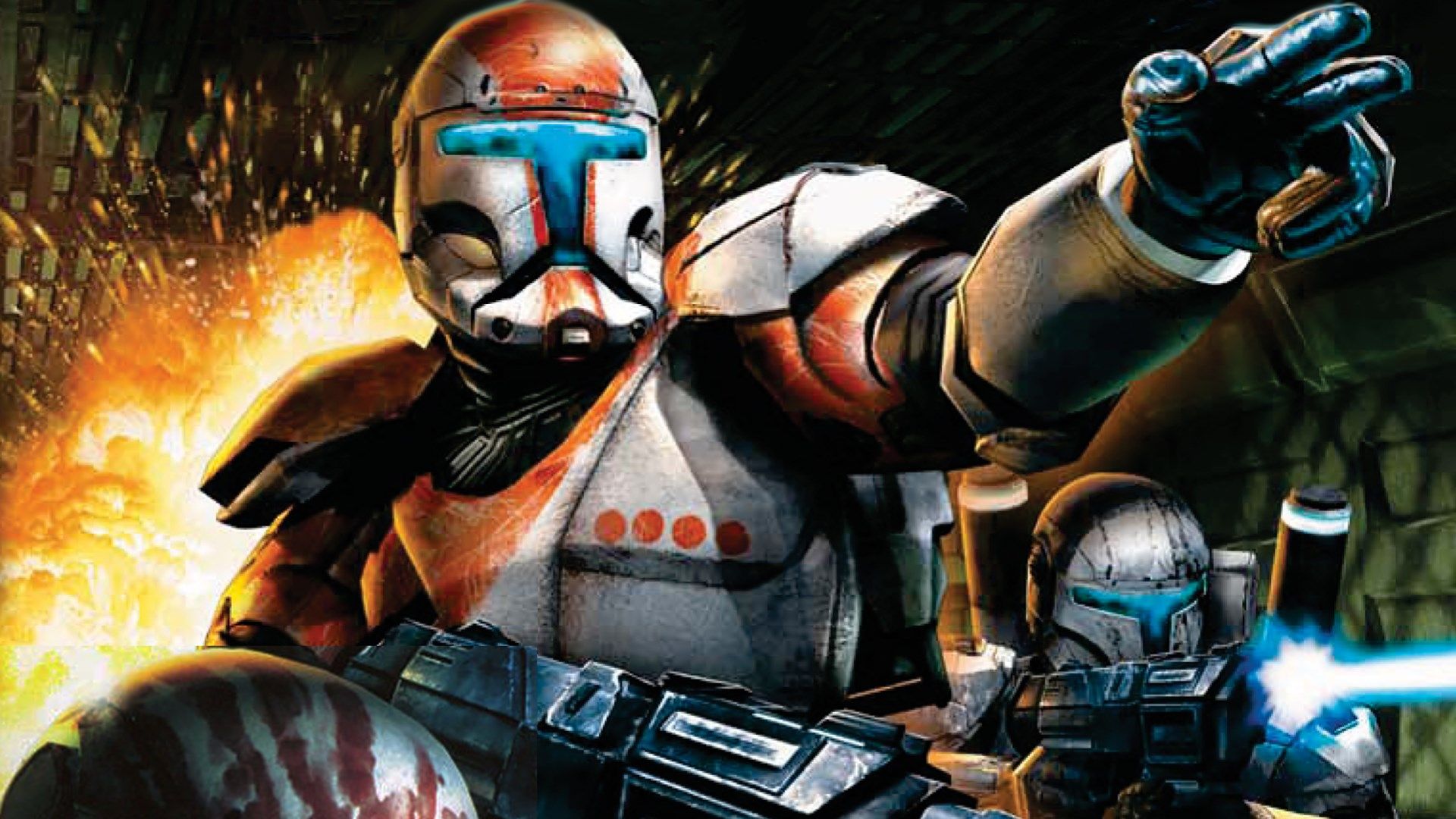Here's how Star Wars: Republic Commando made clones into characters
Inspiration came from the US Army

Star Wars: Republic Commando and the original Star Wars Battlefront games had to contend with the difficulties of putting clones front and centre of their story-telling, as revealed in Retro Gamer issue 222.
When it came to 2005's Star Wars Battlefront and its pitched battles, developer Pandemic had to determine how it might feel to play as some of its clone troopers. Designer Peter Dellekamp Siefert explains that while classes like the Pilot or Engineer had been well-established by the films, "when we got to the Special and Officer classes there were gaps in the prequels since they didn't have as much information. They hadn't benefitted from 20 years of canon the originals had."
Pandemic was forced to experiment, but not all of its attempts were received positively. Siefert says that the Clone Commander unit, which heads into battle with a chaingun that fires traditional bullets rather than lasers, was "controversial, because [...] at that time most people thought projectile weapons didn't exist in Star Wars. There was plenty of back and forth because we were exploring so many aspects of the Star Wars universe where deeper questions hadn't really been considered."
While the first Battlefront game had to consider the reality of what each trooper could do, both its 2006 sequel and Star Wars: Republic Commando, which also released in 2005, had to contend with the difficulty of establishing individual clones as characters in their own right. Battlefront II achieved that feat by focusing in on the elite 501st Legion, offering "a thread that connected the clone troopers of the prequels to the stormtroopers of the OG series."
When it came to Republic Commando, however, the action zoomed in even closer, focusing on just four clones; Scorch, Fixer, Sev, and player character Boss. Co-writer Ryan Kauffman tells Retro Gamer that "at first, there was some internal resistance to the ideas that clones would be differentiated. But then we began to research real soldiers, and we found some inspiration in the way that US soldiers would customise their kit, and their vehicles. They wanted to express their individuality. You can imagine the clones feeling the same way. That example began to resonate, and people embraced differentiation between clones.
The example set by Republic Commando would go on to resonate throughout the wider Star Wars universe. While Revenge of the Sith hinted at clones with their own identities, the idea was established further in 2008's Clone Wars animated series, and is central to The Bad Batch, which released earlier this year.
Retro Gamer's latest issue charts the history of more than ten years of classic Star Wars games, from 90s classic like Dark Forces all the way up to the Sith-based chaos of The Force Unleashed. No matter what era of Star Wars is your favourite, look out for Retro Gamer issue 223 in stores now, or check out previous issues at Magazines Direct.
Weekly digests, tales from the communities you love, and more
From personable clones to rogue Jedi and Sith superheroes, here's our list of the best Star Wars games.

I'm GamesRadar's Managing Editor for news, shaping the news strategy across the team. I started my journalistic career while getting my degree in English Literature at the University of Warwick, where I also worked as Games Editor on the student newspaper, The Boar. Since then, I've run the news sections at PCGamesN and Kotaku UK, and also regularly contributed to PC Gamer. As you might be able to tell, PC is my platform of choice, so you can regularly find me playing League of Legends or Steam's latest indie hit.


